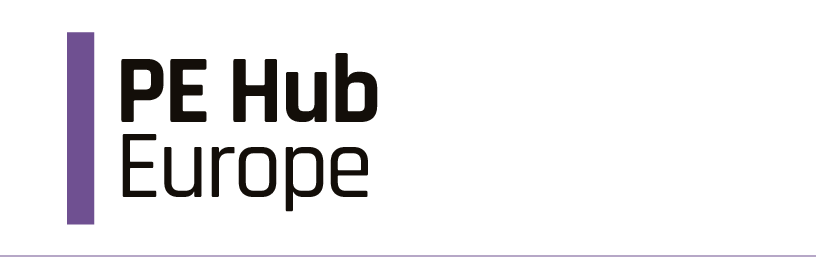Fleet on fleek with Equistone and Phoenix latest to ink deals in sector; Waterland’s SCIRIS buys again
Nexus, vehicle rental aggregator platform, has changed hands after Equistone bought the majority of its shares.


Copyright PEI Media
Not for publication, email or dissemination